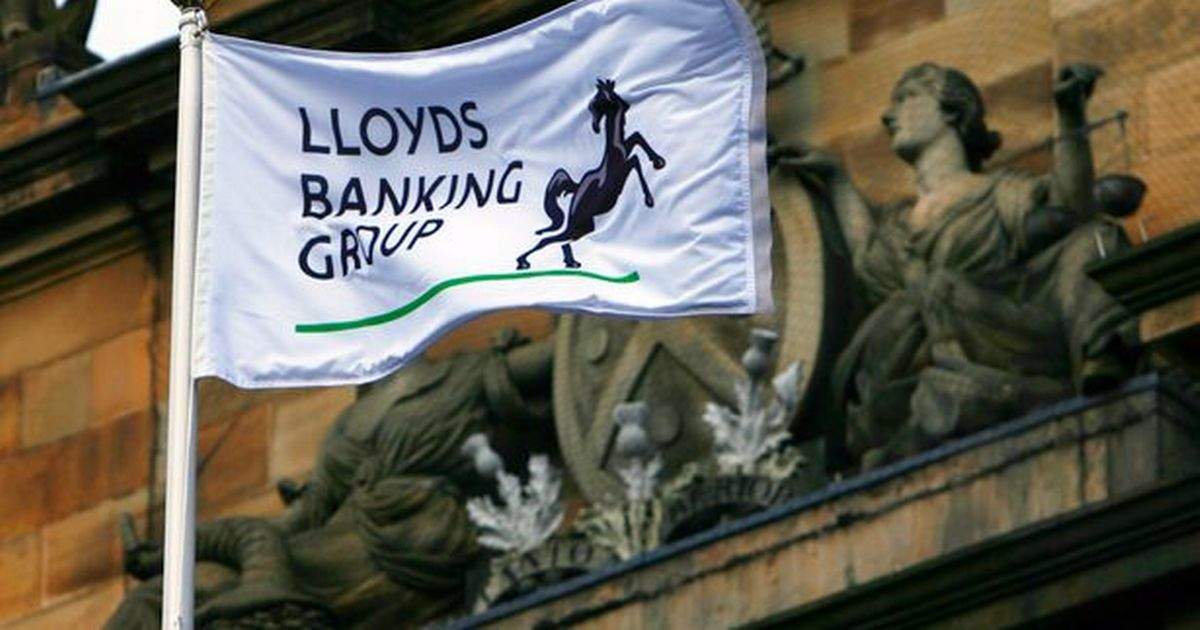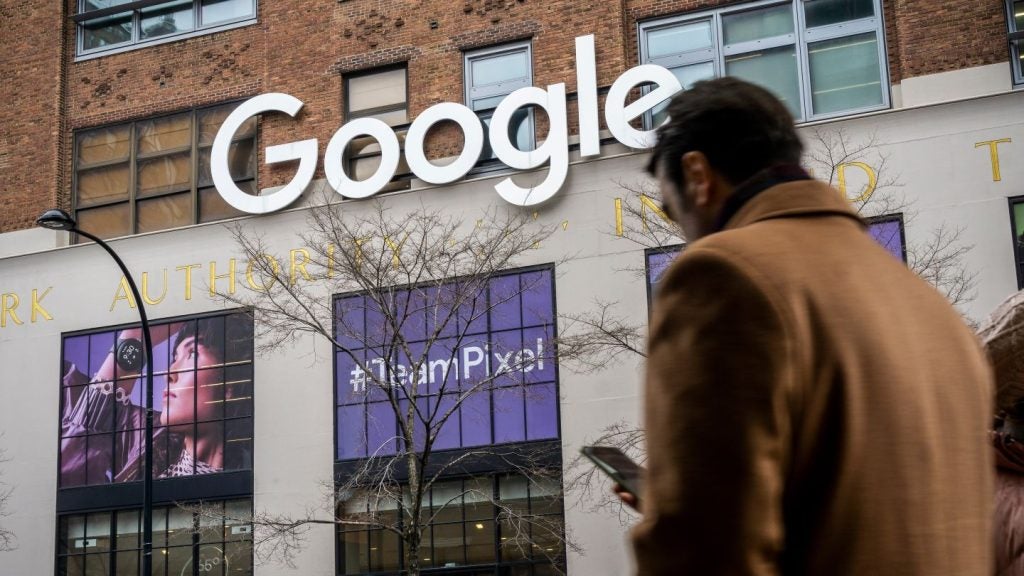
Aimed at increasing market transparency in Europe, a revamped version of the Markets in Financial Instruments Directive — known as Mifid II — comes into force on 3 January.
Mifid II demands 50 more data fields to be completed for each trade than its predecessor Mifid, which became law in November 2007, did.
Banks are already pushing to delay a key part of the imminent legislation which requires market participants to have their own unique 20-character alphanumeric code, known as a Legal Entity Identifier (LEI).
As it stands, the European Securities and Markets Authority (ESMA) has brought in a ‘no LEI, no trade’ rule through Mifid II.
That means that from the beginning of January, the buyer, seller and issuer need to have an LEI to complete any trade.
However, only two-thirds of the near-15,000 companies listed on European exchanges already have an LEI, according to data from Thomson Reuters.
It is mainly infrequent traders, local pension funds and corporate issuers who do not yet have an LEI.
Companies specialising in foreign exchange and fixed income trades could also struggle to meet the January deadline as they did not have to adhere to the first version of Mifid.
One senior executive at a large investment bank told the Financial Times that “15 percent to 20 percent” of his clients do not yet have LEIs, while another said it would be a “s*** show” if his bank was forced to stop doing business with clients without LEIs.
Last week, the Depository Trust & Clearing Corporation (DTCC), an LEI issuer based in New York, launched a fast-track service to cope with added demand. It usually takes three to five days to apply for an LEI.
Mifid II could see global investment research spend fall by as much as $1.5bn annually when the rules come into force in January, according to management consultancy Oliver Wyman estimates.
Banks have been pushing regulators to grant a grace period of several months after Mifid II comes into force.







